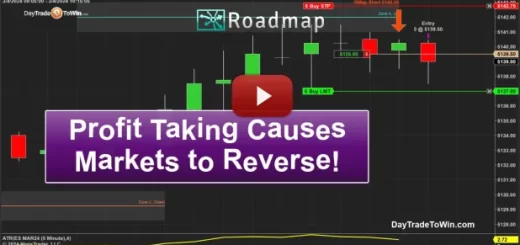Maximizing Profit Potential with AutoPilot System in Slow Trading Conditions
In the ever-changing landscape of financial markets, traders often find themselves facing periods of slow trading conditions. During these times, market volatility and trading volume may decrease, making it challenging to identify profitable opportunities. However, with the right strategies and tools, traders can still achieve success in slow trading environments.
Let’s delve into the circumstances of sluggish trading and discover how the AutoPilot trading system can be utilized to enhance profit opportunities during such times.
Understanding Slow Trading Conditions
Slow trading conditions are characterized by the following factors:
- Low Volatility: In slow trading environments, price movements tend to be smaller and less frequent, making it difficult to capitalize on significant price fluctuations.
- Reduced Trading Volume: Trading volume, or the number of shares or contracts traded in a given time period, is typically lower in slow trading conditions. This can result in decreased liquidity and potentially wider bid-ask spreads.
- Fewer Market Catalysts: Slow trading periods often coincide with a lack of market-moving news or events, resulting in limited opportunities for traders to capitalize on sudden price movements.
The AutoPilot trading system is designed to automate trade execution and manage trailing stops, allowing traders to focus on market analysis and strategy development. By adjusting your trading strategies and utilizing the features of the AutoPilot system, you can effectively navigate slow trading conditions and maximize your profit potential.
Adjusting Your Trading Strategy
In slow trading environments, it is essential to adapt your trading strategy to account for the reduced market activity. Consider implementing the following adjustments:
- Focus on Higher Timeframes: By focusing on higher timeframes, you can identify more significant price trends and patterns, which may be more reliable in slow trading conditions.
- Be Patient: In slow markets, it is crucial to be patient and wait for high-quality trading opportunities. Avoid overtrading and be selective with your trade entries.
- Consider Different Markets: If your preferred market is experiencing slow trading conditions, consider exploring other markets that may offer better opportunities.
Utilizing AutoPilot’s Features
The AutoPilot system can be a valuable tool in slow trading environments, helping you to execute trades efficiently and manage risk effectively. Leverage the following features to optimize your trading performance:
- Automated Trade Execution: By automating trade execution, the AutoPilot system can help ensure that you don’t miss out on profitable opportunities due to slow reaction times in low-volatility markets.
- Trailing Stops: The AutoPilot system’s trailing stop feature can help protect your profits and minimize losses in slow trading conditions. Adjust your trailing stop settings to account for the reduced price movements and maintain a balance between risk management and profit potential.
- Customizable Strategies: The AutoPilot system allows you to customize your trading strategies based on your preferred indicators and parameters. Tailor your strategies to suit the slow trading conditions, focusing on high-probability setups and risk management.
While slow trading conditions can present unique challenges, traders can still achieve success by adapting their strategies and utilizing the power of the AutoPilot trading system. By focusing on higher timeframes, being patient, and exploring different markets, you can identify profitable opportunities even in low-volatility environments.
Furthermore, the AutoPilot system’s features, such as automated trade execution and trailing stops, can help you effectively navigate slow trading conditions and maximize your profit potential. Embrace the challenge of slow trading conditions and continue to grow as a trader by harnessing the power of the AutoPilot system.




